Why did airliners and other planes once had black noses? And what changed since, making it so rare to see aircraft with such noses today?
In pictures of older jets, turboprops and even some piston-engined aircraft, we can often see them sporting black noses. Sometimes the colour covers the entire nose cone, but often it is only the very front, the rest of it being grey. To understand the reason for this, we need to see what function the nose has. Or rather, the nose’s contents.
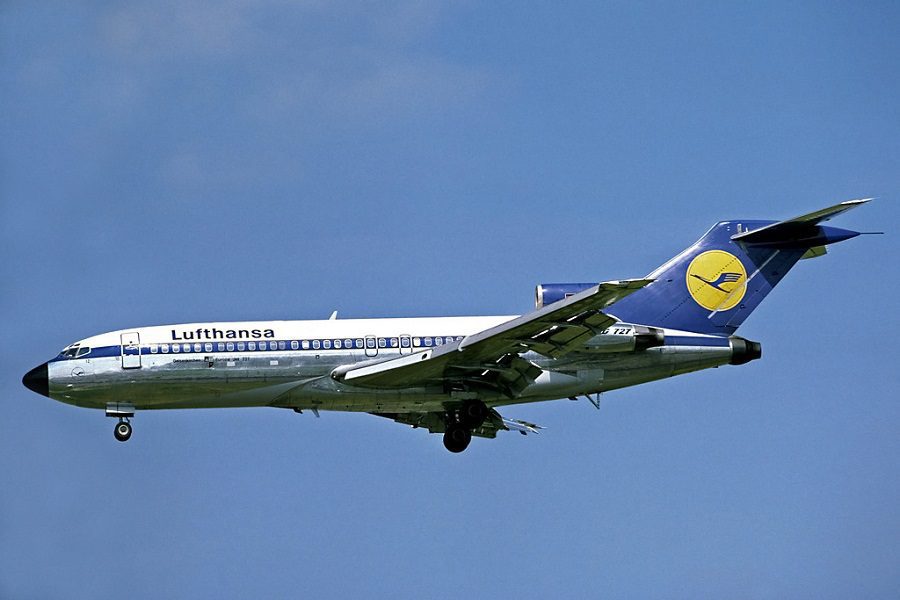
As many people know, the nose is where most airliners have their weather radar. The only real exception is some regional or other smaller aircraft, that have an engine there. In that case, if they have a weather radar, it’s probably resting at the leading edge of one of the wings. The radar has an antenna that needs to be able to ‘see’ ahead of the aircraft. So obviously, the nose cone can’t use metal as a material! Leaving the antenna uncovered would probably be a bad idea as well.
The name of the part that covers the radar is a ‘radome’ – a word mixing “radar” and “dome”. To allow radar waves to go through, the radome’s material is fiberglass or a honeycomb structured composite. The radome also needs to repel water. And it needs to continue repelling water (i.e. being hydrophobic) over time! The presence of water is a problem, because it is water that the radar is supposed to detect.
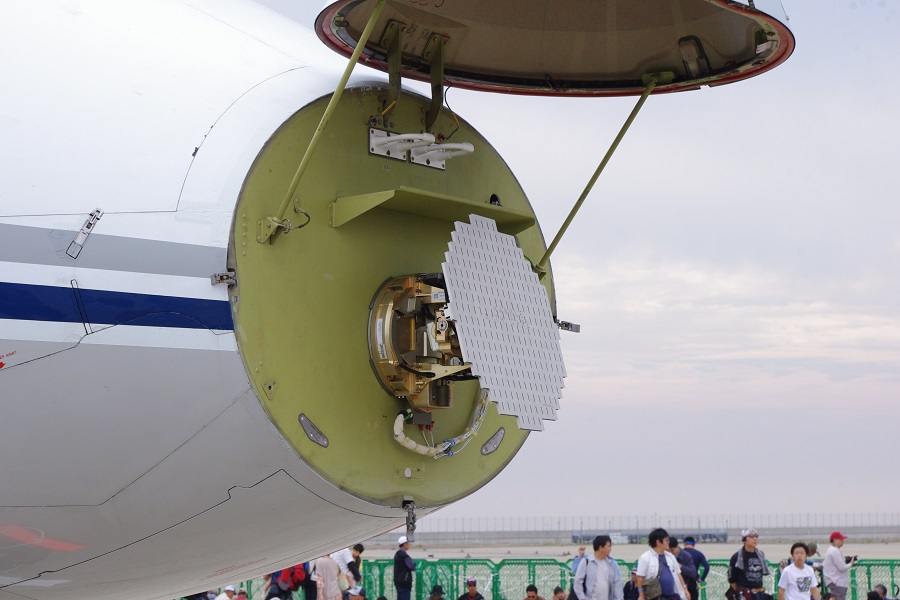
Black Rubber Keeps Plane Noses Clean?
Over time, dust, debris or hail battering the nose could slowly abrade away part of the surface of the radome. This could cause water to enter in it, eventually freezing in place. The frozen water would then make the damage worse. A rubberised layer can prevent this, and it is this layer that gave the radome (and with it, the nose) its black look. The very front of the radome is what needs most of the protection, so sometimes aircraft noses only had a small front section in black.
With time, airlines could start painting over this material, for a different look. However there were limits in the types and varieties of colours that can do the job, without interfering or limiting the radar’s performance. Eventually, that colour range grew more and more. However there really wasn’t one specific period where we saw a shift from black to white or other colours. Many airlines simply continued using what always worked, keeping their black noses.
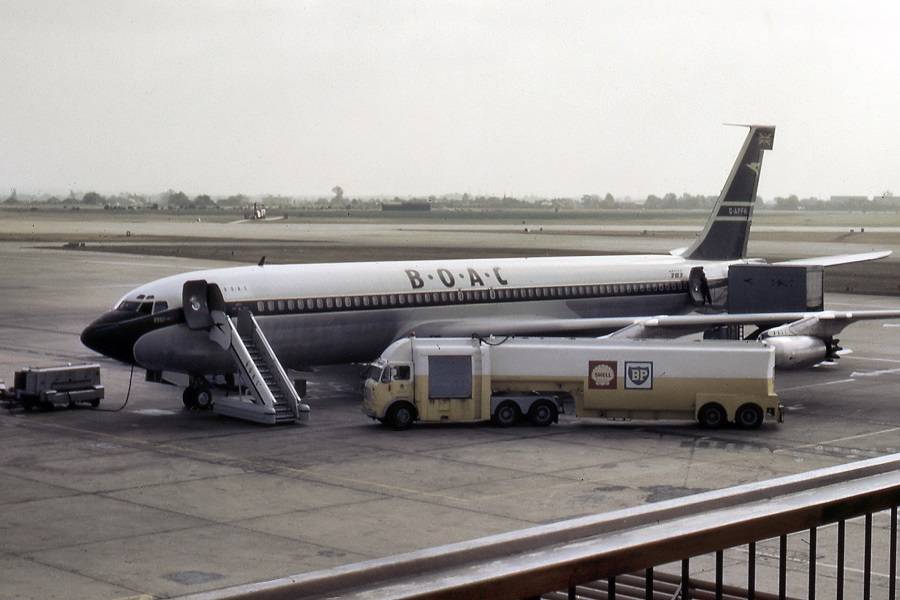
Others wanted a different look. The change from all-black to lighter and colourful noses, most likely came through thanks to the military. Airliners and general aviation aircraft don’t really value low-observability paint schemes – quite the contrary. The military obviously has other considerations, putting ‘low-viz’ schemes in high demand. But even that isn’t really an unbreakable rule.
Are Black Noses Cheaper?
Air forces also have large fleets and often, limited budgets. So more often than not, what wins is low cost. The very first F-16 fighters, entering service in the late ‘70s, had black noses. Pilots reportedly complained that their planes stood out, and soon got grey noses. But as those who painted model aircraft as kids might know, the nose cone was a different shade of grey, compared to the rest of the plane. Again, this is because of the limited colour range for radome paints!
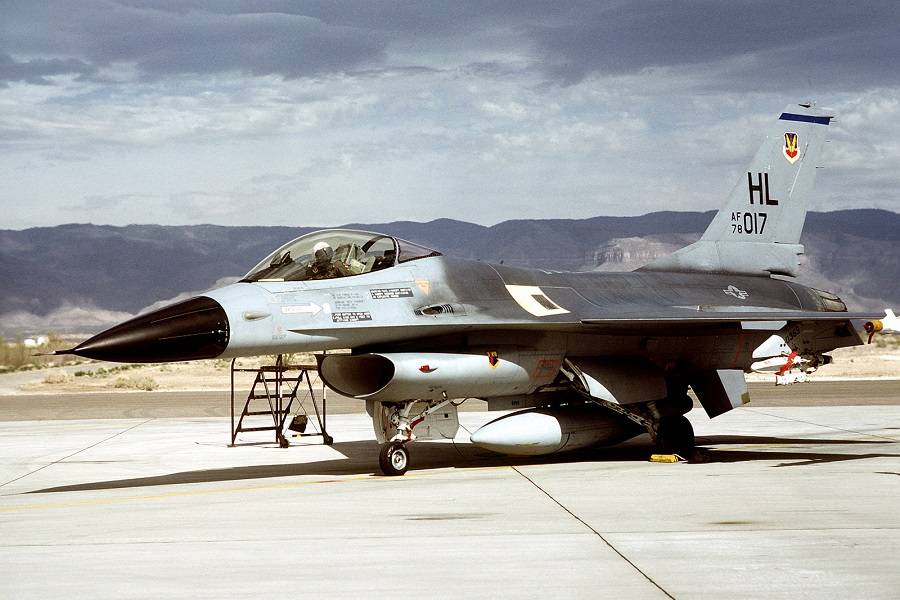
The early F-16s with black noses were the exception, however. By then, radomes in other colours were available already. But years earlier, the very first alternative to black was… bright white! One factor favouring light colours is that they typically require less paint, making for a thinner material. This was a smaller barrier to radar radiation – and added less weight to the plane.
There is also another “stylistic” reason why noses were black in many airliners. This could be because the rest of the airliner had a polished metal finish, like the Lufthansa 727 further up. Since it isn’t possible (or practical) to achieve such a finish with paint, airlines knew they would need to pick a contrasting colour. Black is quite unobtrusive, and was likely the cheaper option anyway. So this is what airlines chose.
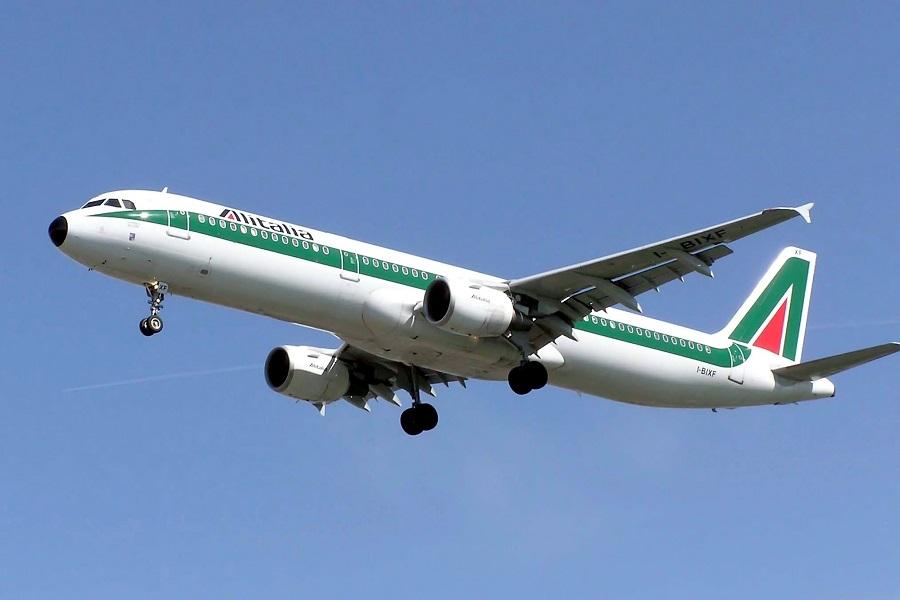
From Favourite To Outcast!
For some airlines, the black nose hung on a bit longer, perhaps for stylistic reasons. Alitalia still had some A320-family jets with partly black noses, as recently as a decade ago. Somewhat ironically, now black is not a recommended colour, because of longevity concerns! The same is true of all dark colours in general. Darker shades tend to fade quicker, and lack thermal stability, i.e. their temperature varies more in different environmental conditions.
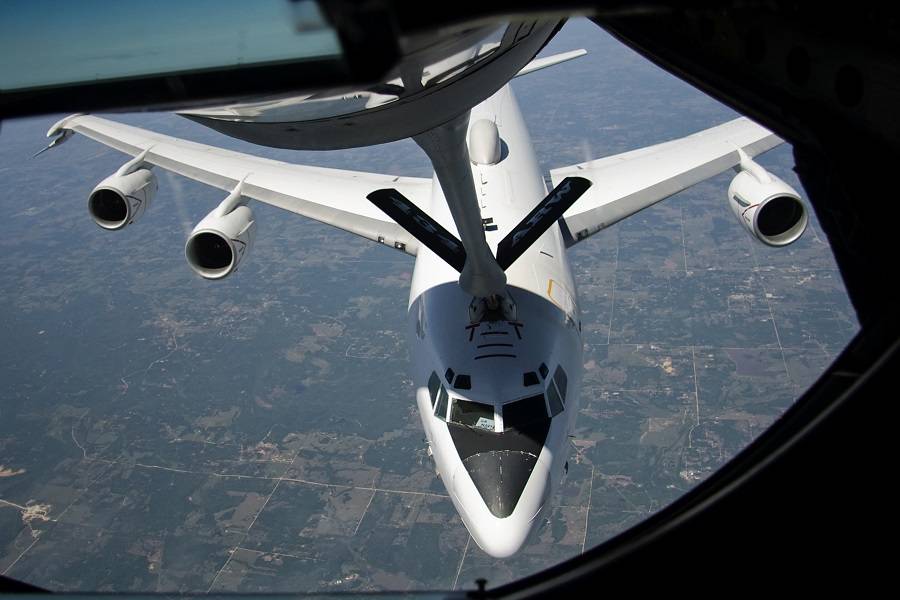
Occasionally, we may still see aircraft with part of their radar radome having black paint, for a different reason. Dark colours come handy when there is a desire to reduce glare, i.e. light reflecting from the nose into the cockpit. To counter this, airlines (or militaries) paint the area just below the windows black, sometimes extending it to part of the nose.
On rare occasions, we see military aircraft that still have full black noses. This can happen for different reasons. One is that these are specialized surveillance aircraft with ultra-sensitive equipment, and black may still work a bit better for them. Or, it could be because they are quite old, and their operators don’t see a reason to change an existing part like a radome, if they don’t have to. Or maybe it is to make the size of the nose look less prominent. Whatever is under the nose radome below, is probably not a weather radar!
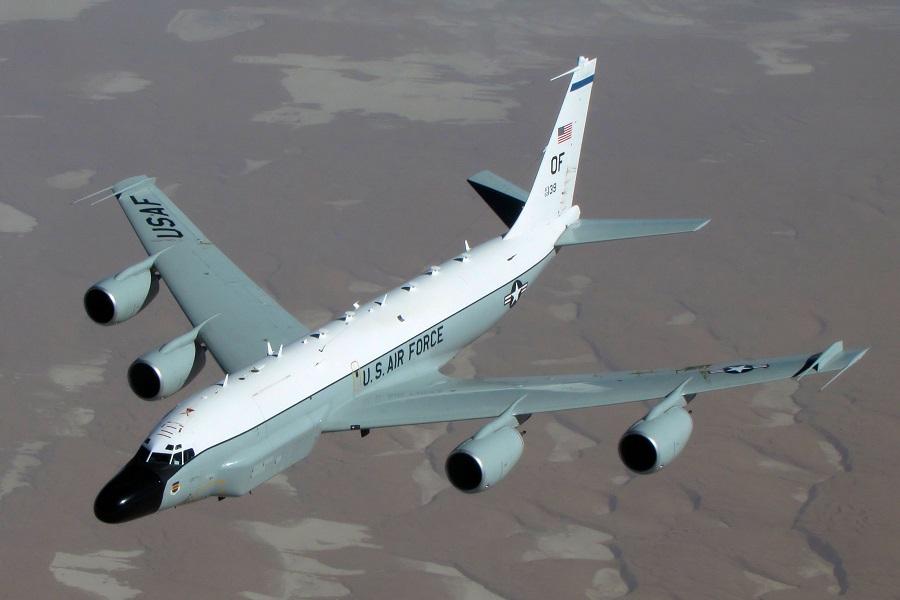
There are more factors at play with radomes, like the thickness of the walls Vs the radar’s wavelength, or the thermal resistance of nosecones on supersonic jets! Suffice it to say, whether it is black or not, the radome that forms the nose of aircraft probably gets less attention from us, than it deserves.




2 comments
Stuart Young-Murray
The A400M Atlas has a black nose, I always wondered why. Thanks for explaining this 🙂
Spyros
I didn’t think of that one..!